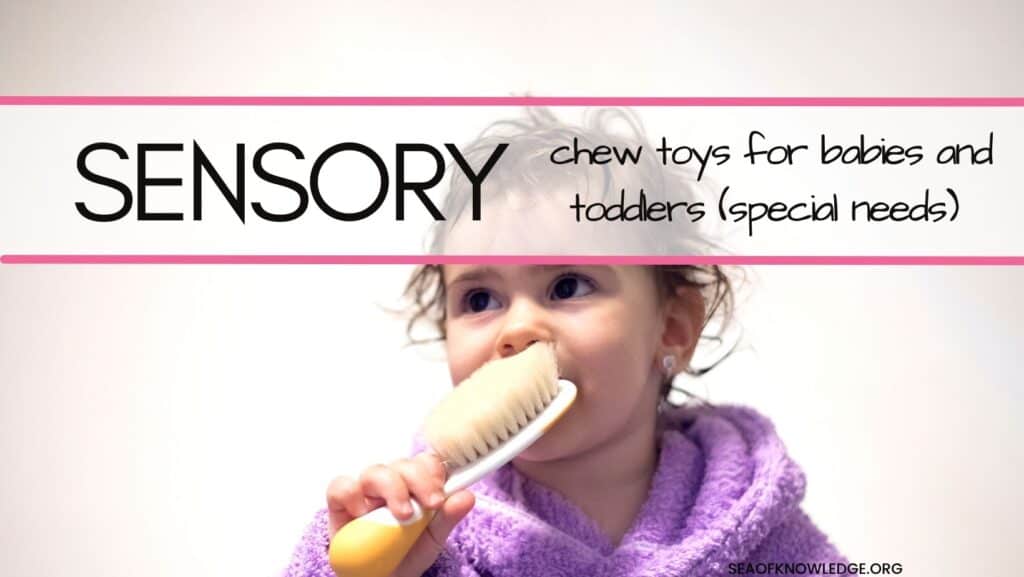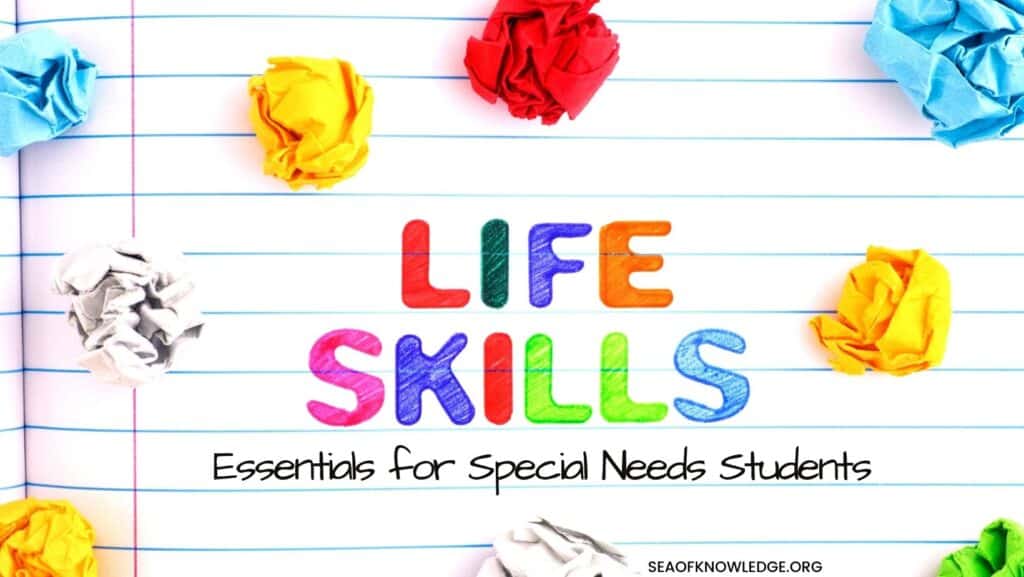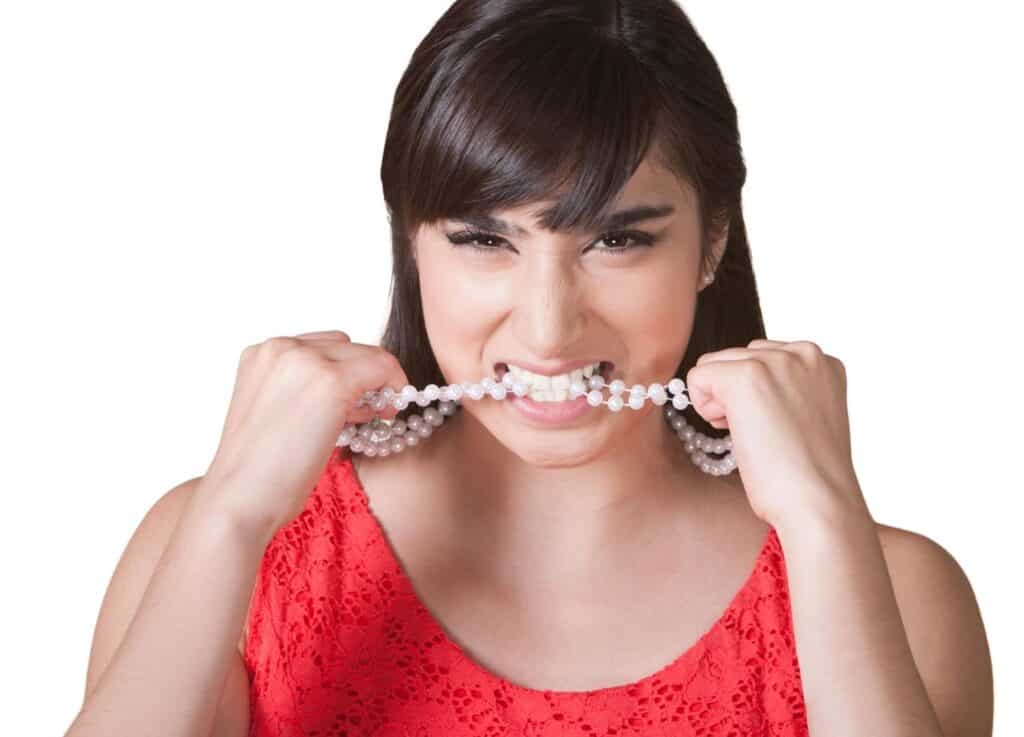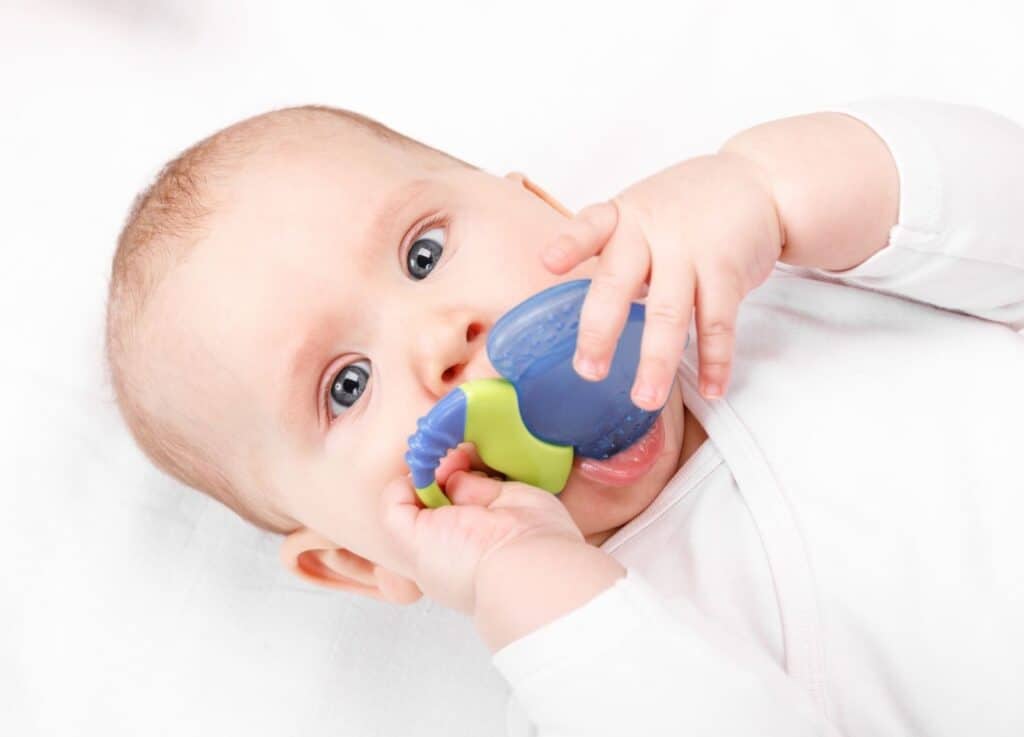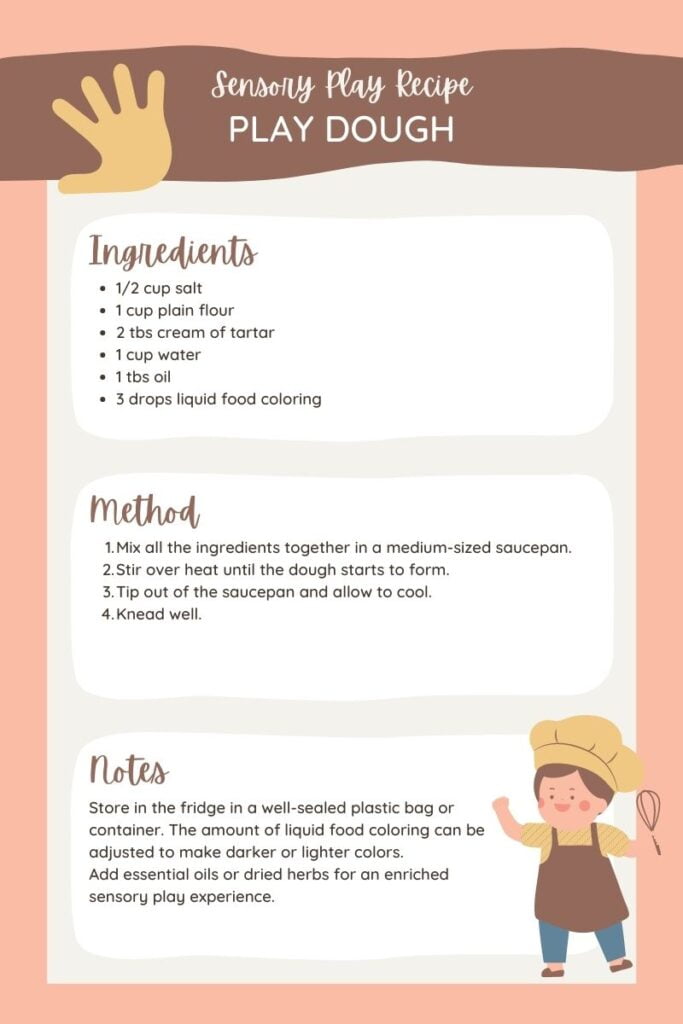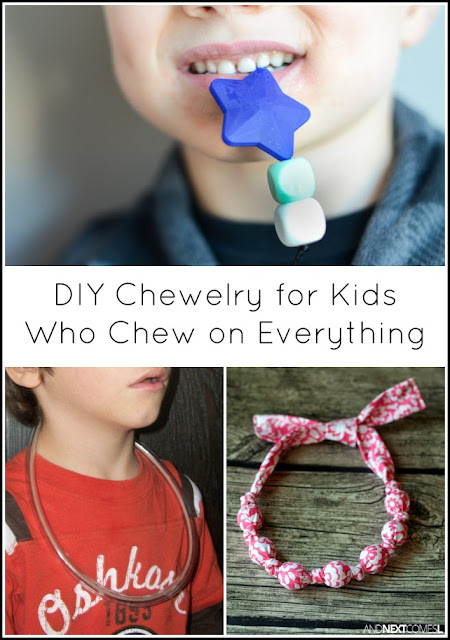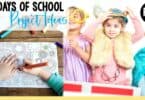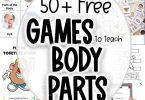Babies and toddlers need a lot of sensory input. Being as young as they are, we’re sure to run out of ideas on bringing them safe things to chew on. When they’re young, I’ve found lots of sensory chew toys and cheap nik naks you can buy from Amazon.
I’ve worked with many children over the years, some with a diagnosed condition like autism, and some that simply have a sensory input seeking habit which is totally normal.
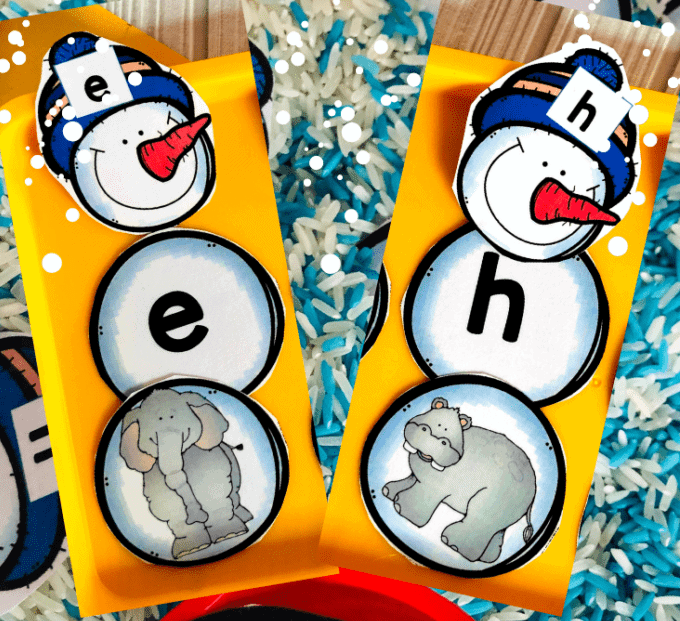
Alphabet Sensory Tub with Snowmen and rice.
However, I’ve also found lots and lots of ways you can make your own chew toys at home to save some money!
Sensory Chew Toys for Toddlers
Some Toddlers need more sensory input than others. However, they all need some input when they are at this age.
Toddlers are learning through sensory input. This means that they are learning through their senses. For example, if we put a toddler in a room with different toys, he will explore the room and play with the toys.
Toddlers are learning about the world through their senses. They are constantly exploring and trying to understand the world around them.
This is why it is important to provide them with a wide range of sensory input. besides the five senses, toddlers need to be exposed to shapes, colors, textures and patterns too.
Why do Toddlers explore with their mouths?
Toddlers are curious and exploratory by nature. They are constantly exploring their environment to learn more about it. This is why we should try to stimulate their senses as much as possible so they can make sense of the world around them.
Sensory input for toddlers includes:
-sight
-sound
-taste
-touch
What are some sensory toys for Toddlers?
Sensory toys for toddlers can help them learn about their world and explore their senses in a fun way.
Toddlers are a very curious bunch. They are always looking to explore their surroundings, and sensory toys for toddlers can be the perfect way to encourage this curiosity in a safe environment.
Sensory toys for toddlers can be anything that stimulates one of the five senses, but they are most often associated with touch. The best sensory toys for toddlers stimulate all of the senses, which is why they are such an effective learning tool
Here are some of my favorite sensory chew toys for Toddlers from Amazon:
Sensory Chew Necklace
The sensory chew necklace is a device that can be used to help children with autism.
This device is worn around the neck and has a small, soft ball on the end of it. The ball can be chewed in order to provide sensory input for the wearer.
Sensory chew necklaces can also be used in order to calm autistic children who are having meltdowns or experiencing anxiety.
Sensory chew necklaces is a sensory toy that can be used as a calming mechanism. It is also an autism toy that can be used to help with emotional regulation and focus.
This necklace provides the wearer with a sensation that they can chew on when they are feeling anxious, stressed, or are having trouble focusing.
It’s very safe for use. The part that is chewable is made of silicone and contains small ridges and bumps. The silicone has been flavored with mint oil so it tastes good while being chewed on.
Here are some of my favorite sensory chew necklaces:
What are chewable toys made out of?
The thing we worry about most when we give our kids something to chew on is what kind of harmful substance they will be exposed to. But most of these toys are made out of food grade silicone, which means that if children chew on them, they are completely safe.
This is why sometimes it’s a good idea to buy them. You can be certain that they do not contain any harmful substances for kids.
The soft touch to the beads can be calming and reduce anxiety. Great for kids ages 3+ who have the need to fiddle, chew, bite nails, anxiety (sensory issues).
How do I know my toddler has sensory issues?
It’s important that we don’t jump to conclusions when toddlers show some sensory input demands or issues. Most of the time, it’s that growth spurt that is completely normal at that age.
Sometimes, it can be concerning.
Sensory issues are common in toddlers, as they go through a lot of changes in their life.
Toddlers have a higher sensitivity to what is around them, and this can cause them to act out or be difficult to manage at times.
There are many different types of sensory issues that can occur in toddlers, from food sensitivities to sound sensitivities.
I will explore the different types of sensory issues and how you can work with them in the next section.
Toddlers have a limited number of senses. They still can’t process what they see, hear, feel, taste and smell. This is why it is important to keep the environment around them as simple as possible.
1) Keep the room bright and colorful. The brighter the colors are the better for their eyesight.
2) Limit distractions in their environment to make it easier for them to focus on one thing at a time.
3) Play music that is not too loud or irritating for their sensitive ears.
Non Toxic Play dough Recipe
Check out this simple but easy non toxic play dough recipe. You can click on the image and save it for future reference.
Here are some homemade sensory chew toys you can add to your arsenal. These toys work for toddlers and kids between the ages of 3-6.
Check out this post from And Next Comes L all about homemade sensory chew toys.
Sensory seeking behaviour examples
Some kids are more sensitive to sensory stimulation than others.
They may seek out more intense stimuli, such as loud music, bright lights, and strong smells. These children are called sensory seekers.
Sensory seeking behavior is a relatively new phenomenon that has not been studied extensively.
The causes of sensory seeking behavior in kids are not yet.
If you’re looking for some fantastic play kits for babies and kids under five, check out this honest review of the Lovevery Thinker Kit by Green Active Family.
Autism Chew Toys
Autism is a developmental disorder that impairs social interaction and communication, as well as the ability to engage in imaginative play.
It can only be diagnosed by a professional in the field and there is absolutely no need to panic if you’re unsure whether your child has autism or not.
Just because they seek sensory stimuli, doesn’t mean they have it. Its essential you seek out professional evaluation if you want to identify worrisome behaviours your child may be exhibiting.
Autism also affects the individual’s sensory input.
Individuals with autism may have difficulty interpreting what they see, hear, smell, taste and feel. They might be sensitive or unresponsive to some sensations like heat or cold.
This can lead to anxiety when faced with certain stimuli that are not considered problematic for most people.
This is why we need to adapt learning material to suit autism in a slightly different way.
Chewy for Autism
The best way to help your child is to be supportive. Be aware of the sensory needs of your child and try to accommodate them.
If you’re not sure how, then talk with a professional who can help you figure out what are the best ways for your child to cope with their sensory needs.
The chew toys above are some of the best rated chewy for autism tools that you can use with your students or child.

